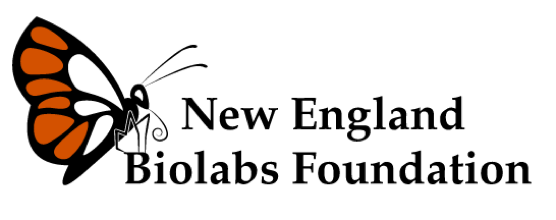46 Biocultural Educators
A two-day residential training was organized for all the recruited 46 Biocultural educators at the Bobiri Forest Reserve and Butterfly Sanctuary guest house.
Bobiri Forest Reserve and Butterfly Sanctuary (BFRBS) is an ecotourism center in Ghana and the only butterfly sanctuary in West Africa (Wagner et al., 2008). It has about 400 species of butterflies. It is located on the main Accra – Kumasi Highway at the village of Kubease, about 30 kilometers (19-minute drives from Kumasi). The reserve and butterfly sanctuary is enclosed by six communities namely: Krofrom, Kubease, Ndobom, Koforidua, Nkwankwaduam and Tsteteseakasum. It was garzzeted as aa protected area in 1931 and occupies a total area of area of 54.65 km2. By proximity to Ghana’s Second largest city (Kumasi), the BFRBS is increasingly becoming popular for adventure travels, outdoor recreational locations, epistemological studies on nature among others. Since 1931, local traditional laws ranging from taboos to totems, rituals, beliefs and norms have been very instrumental in sustaining and maintain the ecological integrity of the catchment area.
This project empowered undergraduate students, JHS teachers, and communities fringing the Bobiri forest to confidently utilize their biocultural knowledge for sustained resources and culture. The project contributed to improving biological and cultural diversity by connecting people to their natural environment through value-based approach. Also, being fully aware that understanding the value of biological and cultural diversity is fundamental for sustaining life, the project;
A two-day residential training was organized for all the recruited 46 Biocultural educators at the Bobiri Forest Reserve and Butterfly Sanctuary guest house.
A two-day residential training was organized for all the recruited 46 Bio-cultural educators at the Bobiri Forest Reserve and Butterfly Sanctuary guest house. This saw participants taken through rigorous sessions of many courses, field work and/or tutorials.
A set of open ended questionnaires were developed and administered by the project team and 10 trained volunteers in the Six fringed communities. This socio-cultural survey documented dead and/or dying traditional norms that contributed to resources use and conservation within the catchment.
A total of 434 students were educated and engaged using various creative action tools to inspire sustainable natural resource management.
The has contributed to documenting important local tradition and cultural heritage that are useful in conserving biological diversity within the Bobiri catchment. The highly participatory action-based learning coupled with the close working relationship among partners has contributed to meeting the targets of the implementation plan. Community collaboration, participation and support has been awesome and there was even a greater and better cooperation than envisaged.
Going forward, we anticipate working with bio-cultural educators, giving technical support to bio-cultural educators to reach out to even more people within their respective communities and possibly up scaling project related activities to reach all sections and groups within local communities. It is also expected that, the bio-cultural tool kits, being the very first of its kind in Ghana will play critical roles in helping educators to successfully pass on very important wealth of knowledge to younger and future generations.
